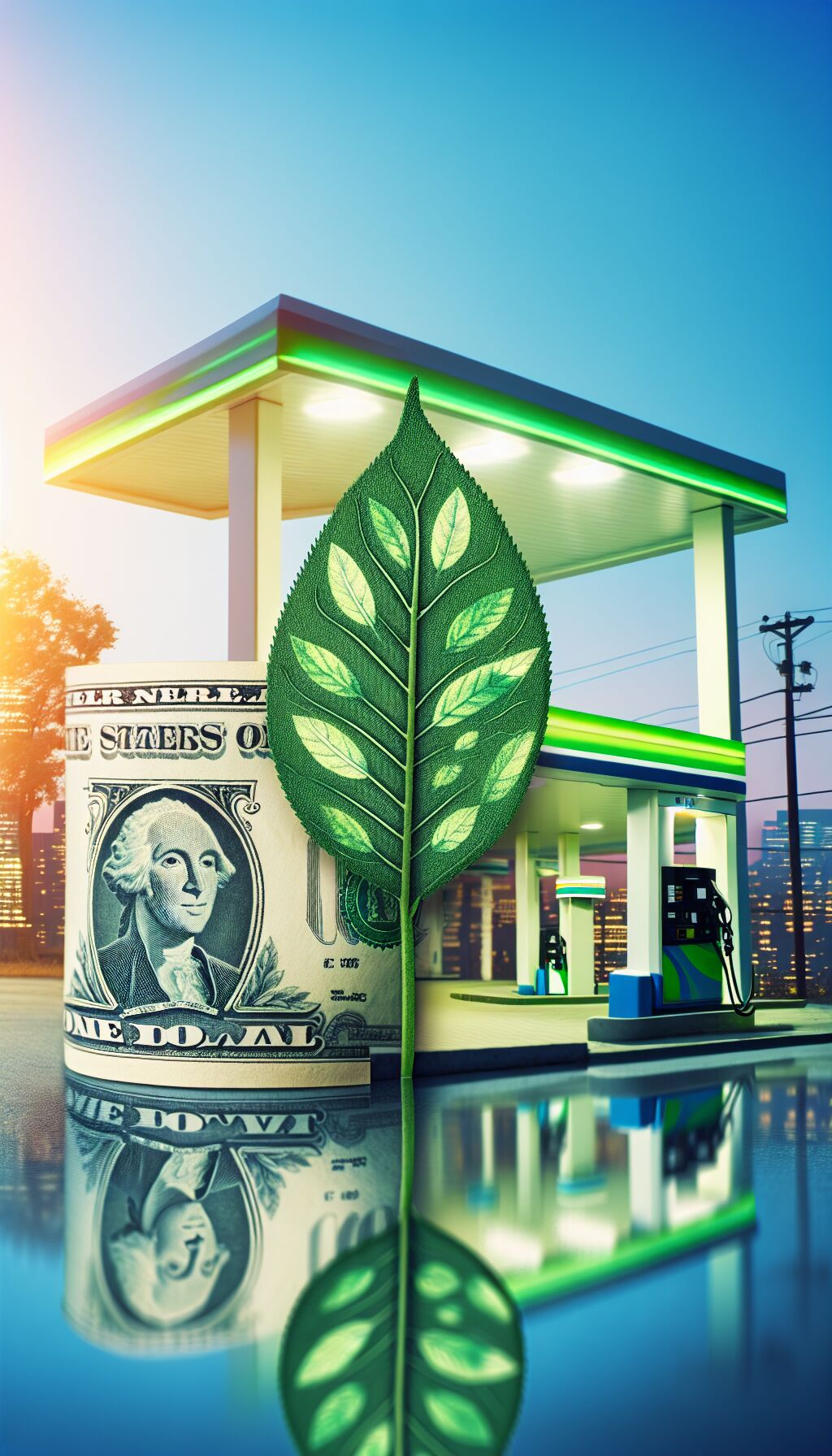Hochul’s Cap & Invest Plan: Unpacking the Controversy
In her recent State of the State address, New York Governor Kathy Hochul unveiled a proposed anti-pollution initiative dubbed the “Cap & Invest” program. This initiative, aimed at reducing greenhouse gas emissions, has quickly drawn criticism from various quarters, particularly concerning its potential impact on gasoline and utility costs in New York, a state already wary of fossil fuel reliance.
The Framework of Cap & Invest
The “Cap & Invest” plan seeks to transition New York towards greener energy solutions by imposing a cap on greenhouse gas emissions from companies. Under this structure, emissions allowances will be auctioned off, allowing companies to bid for the right to pollute. The revenue generated from these auctions would then be channeled towards environmentally friendly initiatives, including the retrofitting of buildings to utilize electric power derived from renewable sources.
A “cap” refers to the upper limit set on emissions, which is intended to be gradually lowered each year, aligning with state climate goals. The revenue generated from the auctioning of allowances would serve as a financial resource for the state to invest in green projects and technology.
Critics Voice Concerns
However, critics warn that the Cap & Invest plan may lead to an increase in gas prices, exacerbating the financial burden on New Yorkers who are already contending with rising living costs. The nonpartisan advocacy group Upstate United, which focuses on energizing New York’s Upstate economy, has raised concerns that this new initiative could trigger significant spikes in domestic energy costs.
As of now, the AAA average gas price in New York sits at approximately .14 per gallon, which is comparable to many neighboring states, aside from Pennsylvania, known for having one of the highest gas taxes in the country. Critics argue that the implementation of the Cap & Invest plan could push these costs even higher, penalizing consumers at the pump.
State Officials Respond
A spokesman for Governor Hochul countered these criticisms by asserting that her administration is committed to lowering the cost of living. The representative noted initiatives aimed at providing refunds, tax credits, and other financial relief measures for residents. Nonetheless, many lawmakers and citizens remain skeptical.
Since the Democrats assumed executive control from former GOP Governor George Pataki in 2007, there has been a clear trend towards restricting fossil fuel exploration within New York. This shift began back in 2010 when then-Governor David Paterson imposed a freeze on hydraulic fracking. Consequently, while the neighboring states—including Pennsylvania—benefit from natural gas exploration and production, New Yorkers have seen little to no development in this sector.
Local Sentiments: The Impact on Upstate New York
State Senator Tom O’Mara, a Republican representing the Elmira region, has not held back in criticizing the Cap & Invest plan. He labels it a “radical climate mandate” that would worsen New York’s affordability crisis. O’Mara’s district, which is part of the premier Marcellus Shale region, has been sidelined under existing state policies that prohibit fracking, resulting in lost opportunities for local farmers, landowners, and businesses.
O’Mara’s concerns also reflect a broader frustration among residents of Upstate New York, where economic growth has been stymied by government policy. He insists that Hochul’s approach will only fuel an exodus of families and businesses, driving them out of the state in search of more favorable economic conditions elsewhere.
Assembly Minority Leader William Barclay echoed these sentiments, arguing that the Cap & Invest initiative is less about environmental benefits and more about pushing unnecessary costs onto consumers. He criticized the policy as yet another unworkable environmental mandate that would further burden already struggling households.
The Energy Landscape in New York
Energy policy in New York has faced significant changes over the past few years. In 2021, the prior governor, Andrew Cuomo, made headlines by shutting down the Indian Point nuclear power plant, a move he justified with safety concerns. Critics pointed out, however, that this closure resulted in increased reliance on cheaper and dirtier energy sources, which further complicated the state’s energy landscape.
Moreover, with legislation passed in 2019 committing New York to achieve net-zero emissions by 2050, the future looks increasingly challenging for fossil fuel consumers. The Cap & Invest plan appears to be a strong step towards realizing this ambitious goal, but the implications for immediate costs and consumer livelihoods raise many flags.
The Bigger Picture: National Trends in Climate Policy
Nationally, the concept of “Cap & Trade” gained traction in American politics during the 2008 presidential election when then-Senator Barack Obama promoted environmental policies targeting greenhouse gas emissions. The dialogue around climate change policy continues to gain momentum, and states like New York are often at the forefront of implementing these ambitious plans.
As New York policymakers work to balance environmental initiatives with consumer interests, the rollout of the Cap & Invest program is poised to ignite heated debates about the state’s energy future. Will the initiative successfully navigate the delicate crossroads of economic viability and environmental consciousness? Only time will tell.
As New Yorkers prepare for what’s to come, the lingering question remains: How much are they willing to pay for a greener, more sustainable future?
